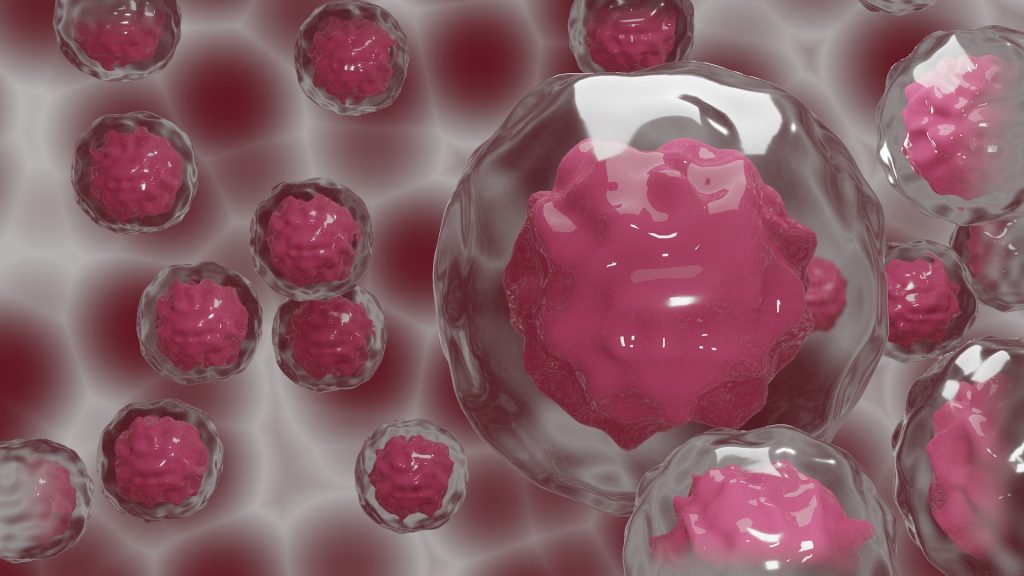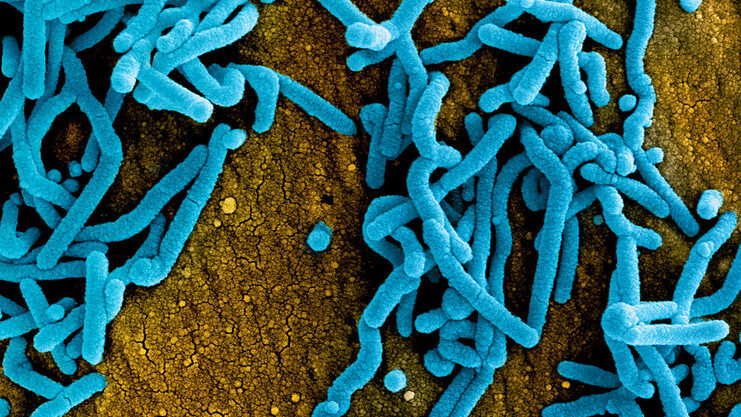Mistreatment at Med School Leads to Later Exhaustion, Regret

Medical students who experienced mistreatment during medical school were more likely to become exhausted or disengaged, have less empathy, and have career regret, a new study has revealed.
Among a large national sample of trainees, the 22.9% of respondents who reported mistreatment on the Association of American Medical Colleges’ Medical School Year 2 Questionnaire (Y2Q) had higher exhaustion and disengagement scores on the Graduation Questionnaire (GQ) 2 years later, reported Liselotte Dyrbye, MD, of the Mayo Clinic in Rochester, Minnesota, and colleagues writing in JAMA Network Open.
Furthermore, of those who had experienced mistreatment, 18.8% reported career regret on the GQ.
Conversely, medical students who experienced a better environment more likely to:
Have lower exhaustion scores: for each 1-point increase on the Y2Q, there was a 0.05 reduction in exhaustion score
Report lower disengagement scores on the GQ: for each 1-point increase on the Y2Q, there was a 0.04 reduction in disengagement score
Further, reports of having positive interactions with faculty on the Y2Q were associated with higher empathy scores on the GQ. For each 1-point increase, there was a rise of 0.02 in empathy score. Positive student-to-student interactions were linked to having lower odds of career regret during the last year of medical school.
“The potential protective effect of positive experiences within the learning environment may provide insight into strengths that organizations can amplify to mitigate burnout, decline in empathy, and career choice regret among their students,” wrote Dyrbye and colleagues.
The team noted the opportunity for potential interventions. “Although the most effective approaches to addressing mistreatment of learners remain elusive, the frequency of mistreatment varies between educational programs, suggesting there are likely to be levers within the control of the organisation that adequate commitment, leadership, infrastructure, resources, and accountability can lead to a meaningful reduction in mistreatment.”
Average age of the respondents was 28 years, 52% were women, 72.8% were single, and 91% reported having no dependents. The study also found that older medical students reported higher disengagement scores, and that women reported lower exhaustion (by 0.27 points) and disengagement (by 0.47 points) scores on the GQ.
However, women and older medical students had higher empathy scores compared with their male peers (0.74 points and 0.05 points, respectively).
The researchers observed that conflicting findings on burnout among women in medicine have been reported. For example, a longitudinal cohort study of resident physicians across specialties in the US found that female residents were “more likely to develop burnout and have worsening in the severity of their emotional exhaustion between the second and third year of training compared with male residents, even after controlling for various forms of mistreatment.”
Limitations of their own study, the researchers noted, included unestablished differences between the exhaustion, disengagement, and empathy scale measures that were used in the questionnaires; and the varying response rates between questionnaires: 55.5% for the Y2Q and 81.5% for the GQ.
Source: MedPage Today






